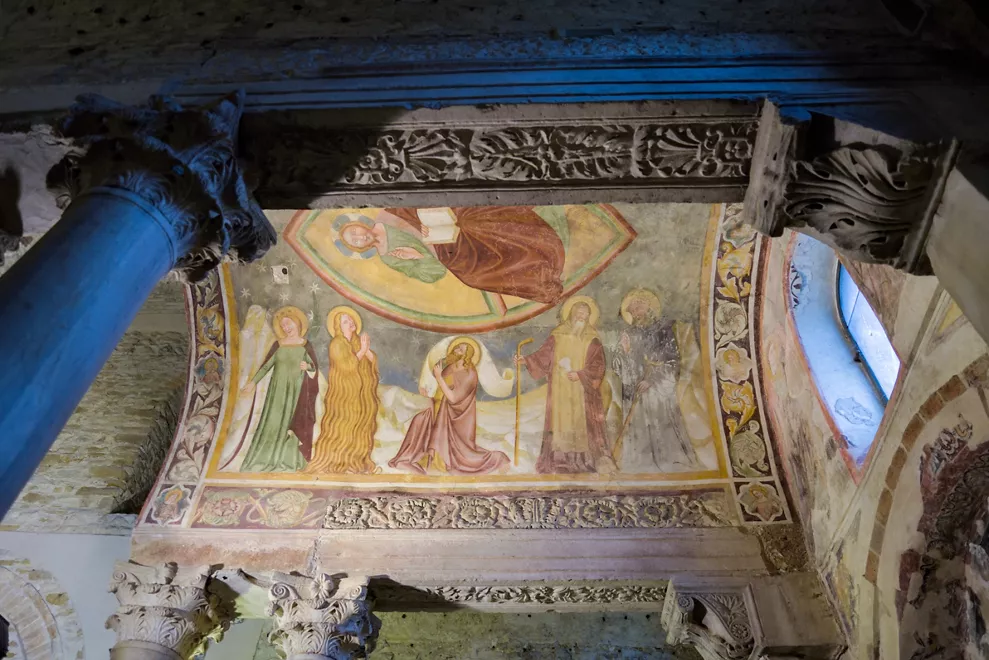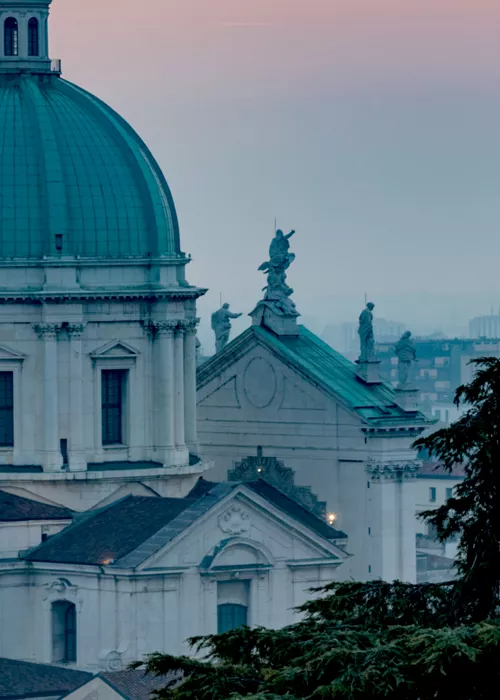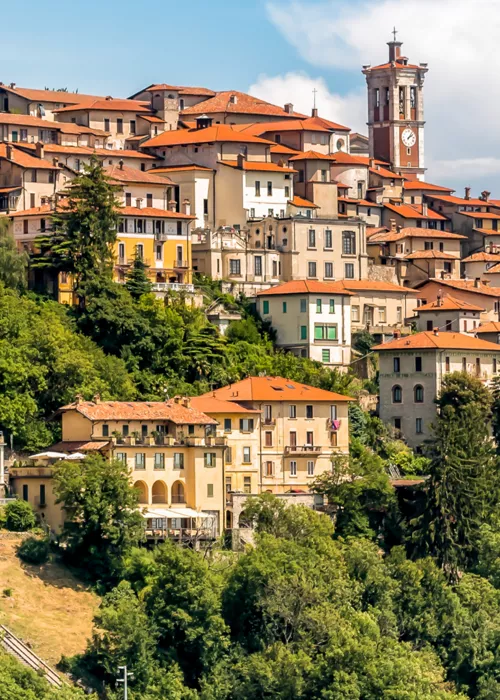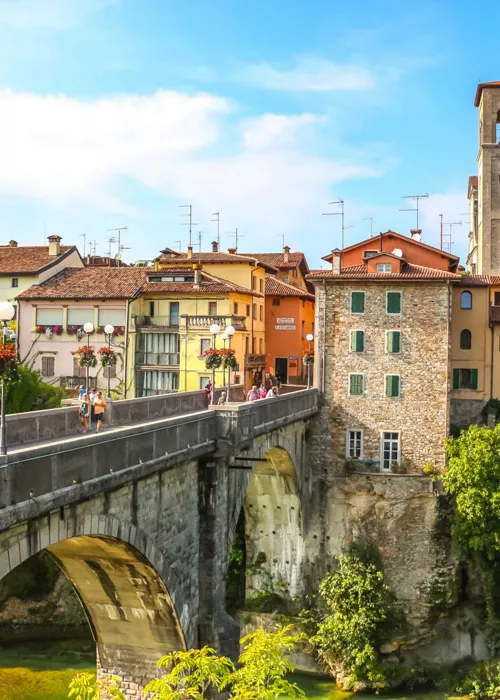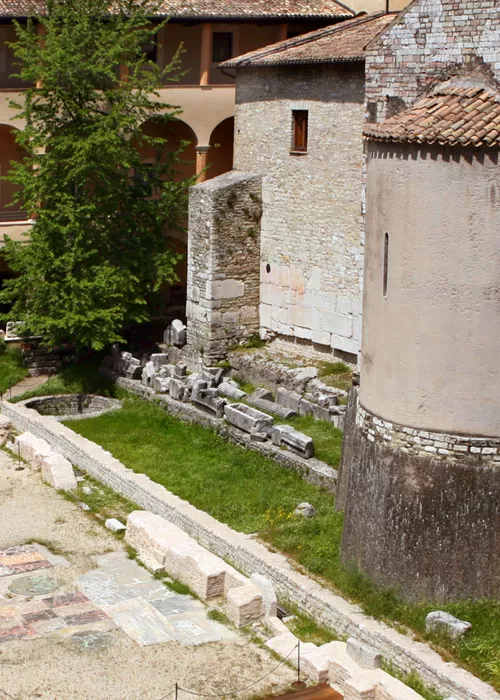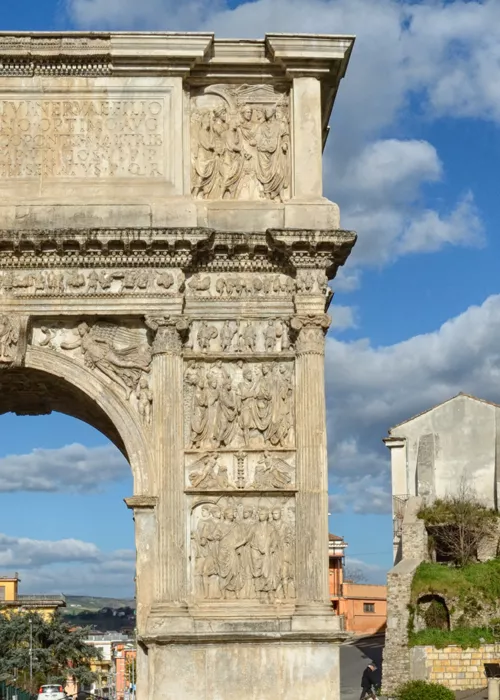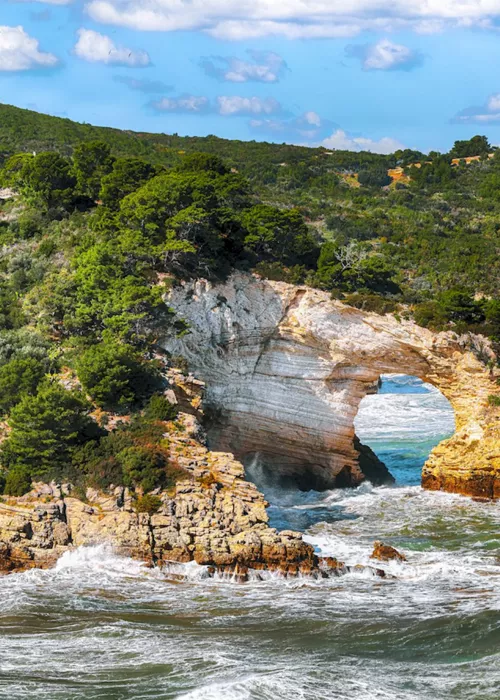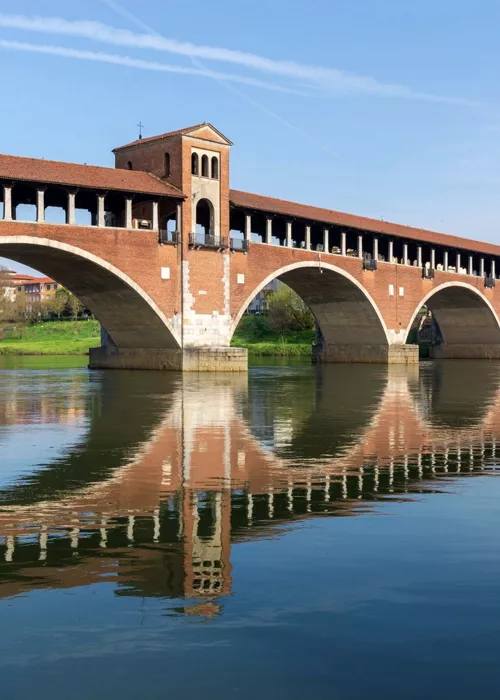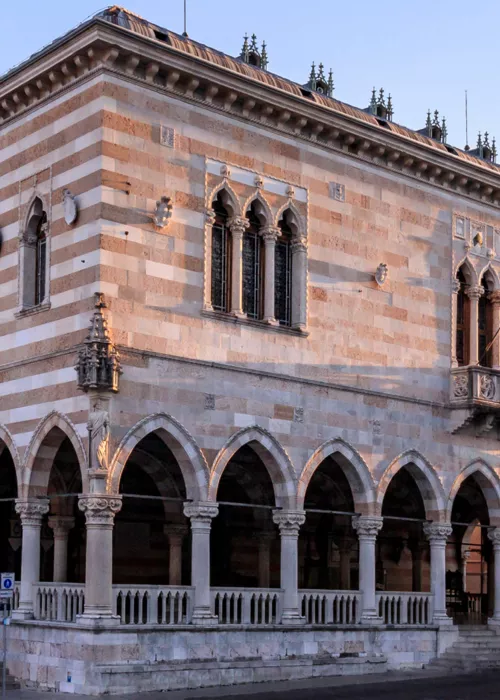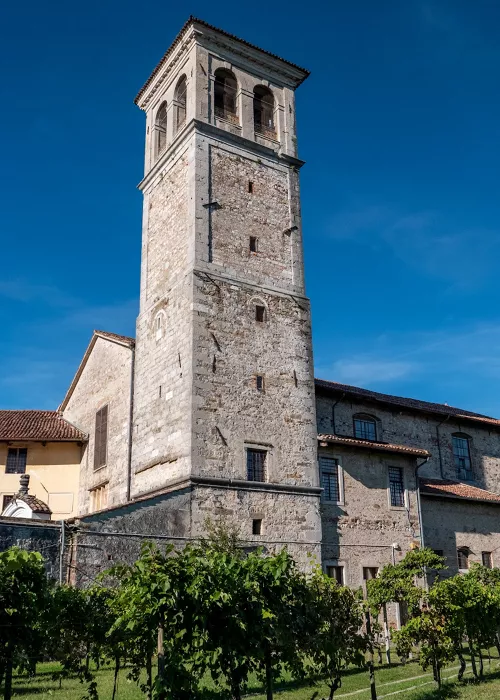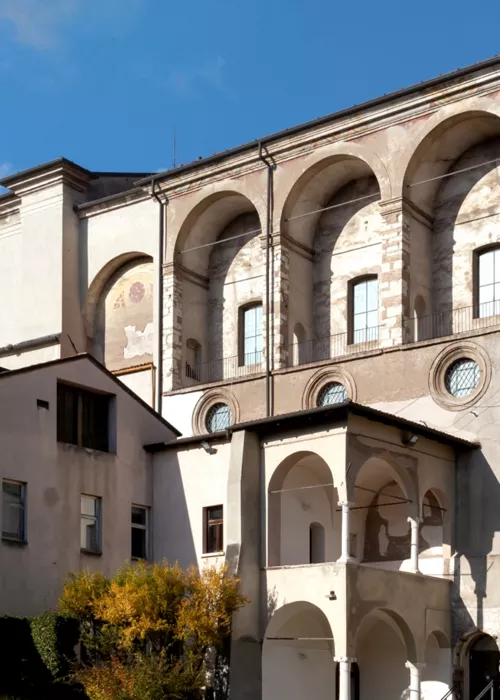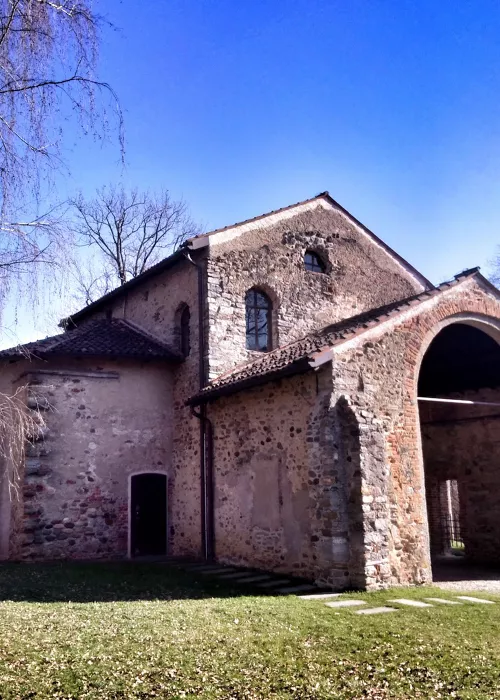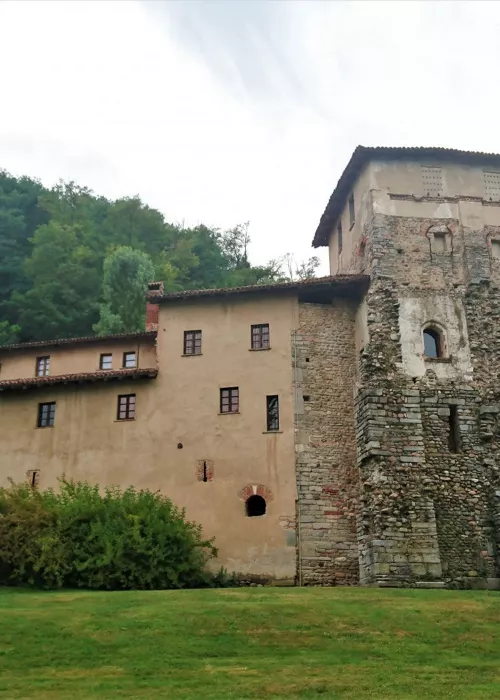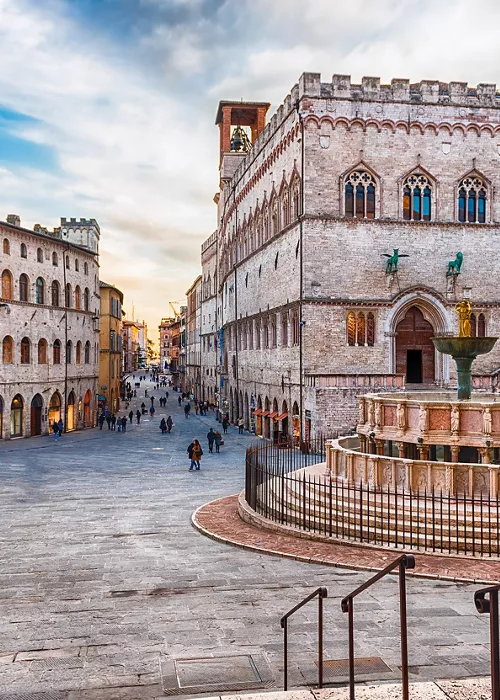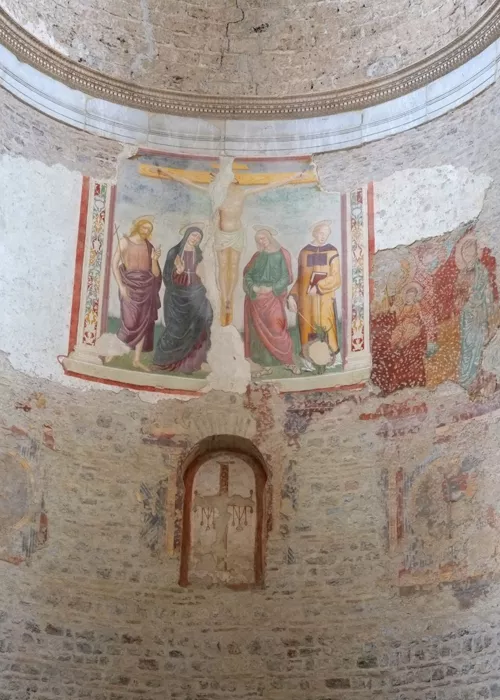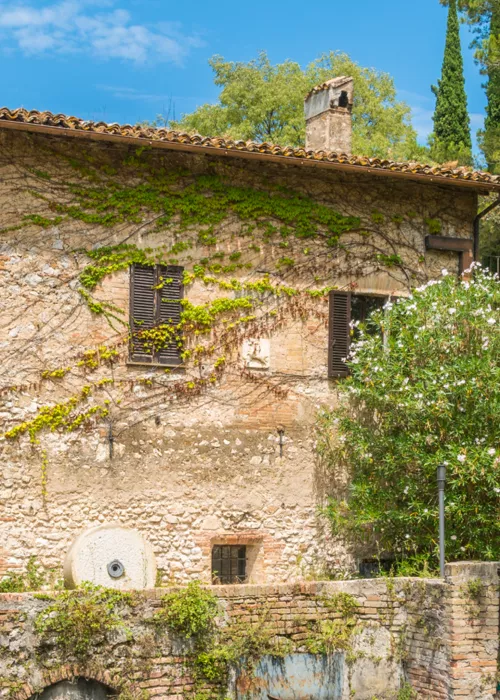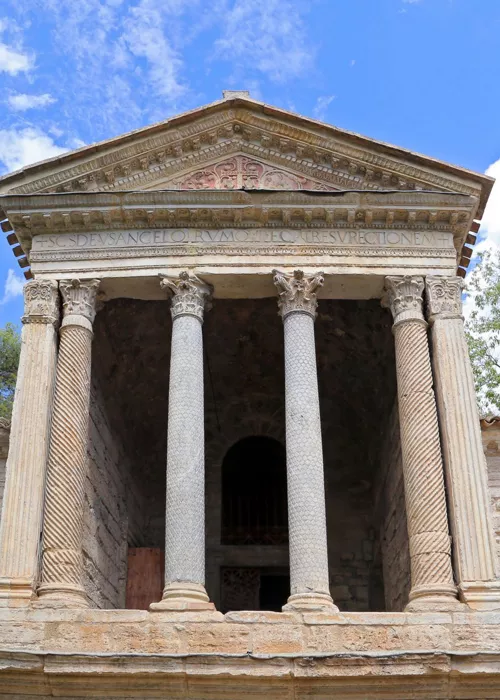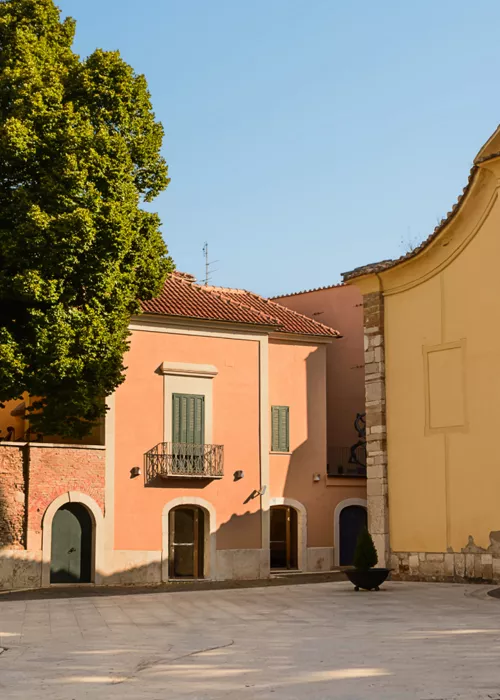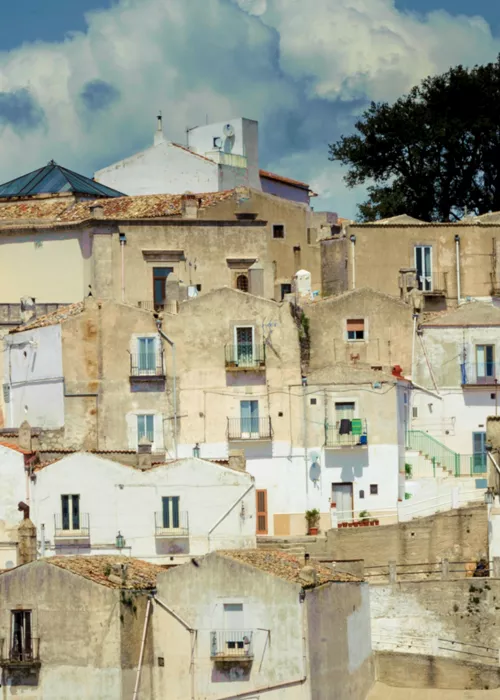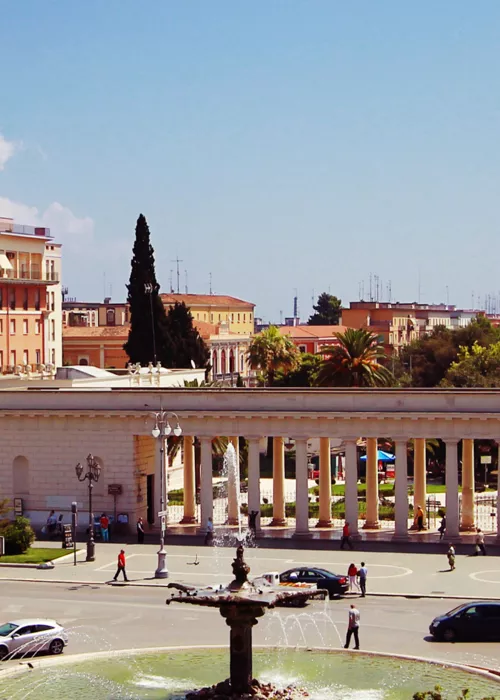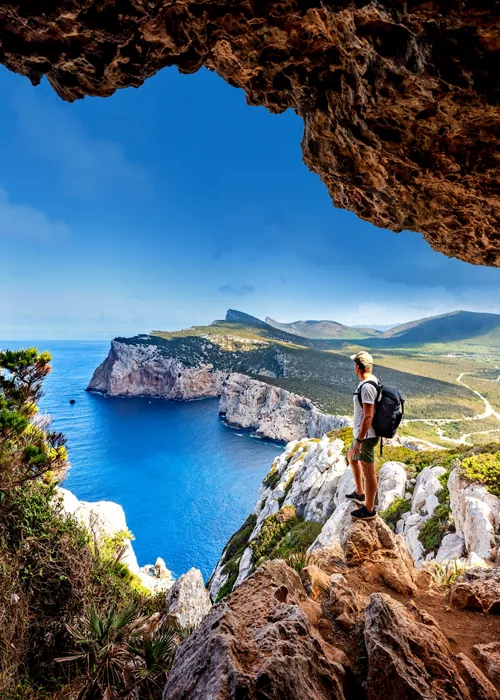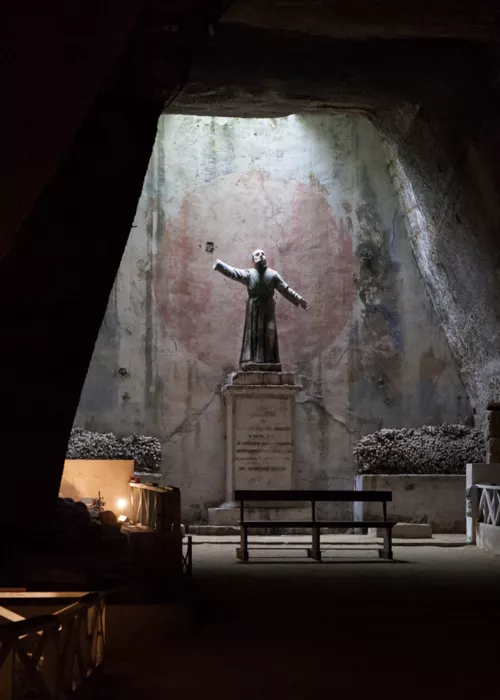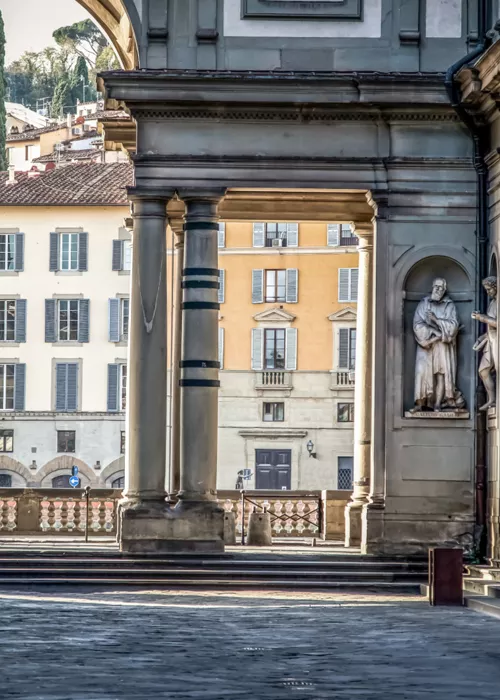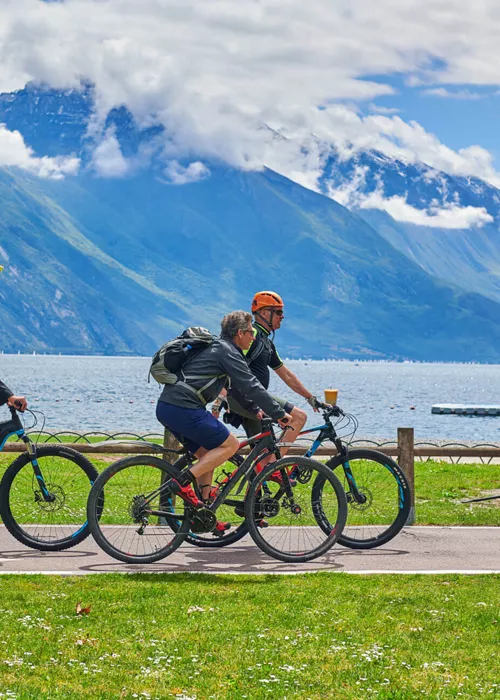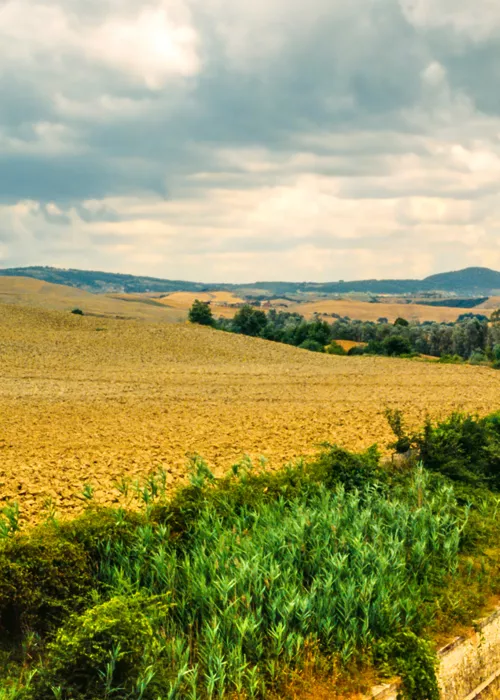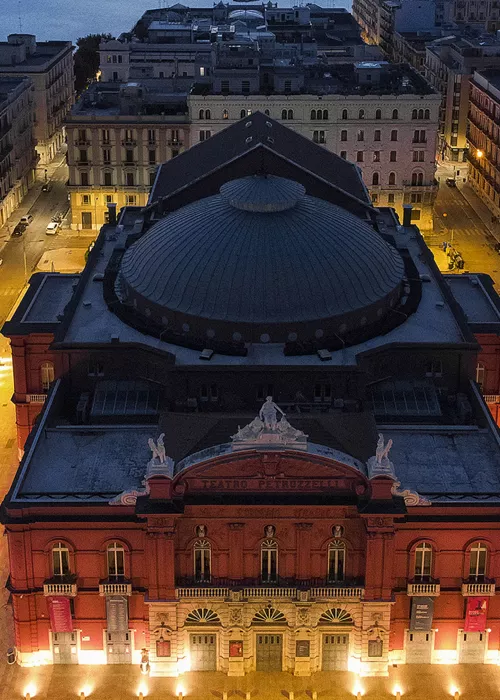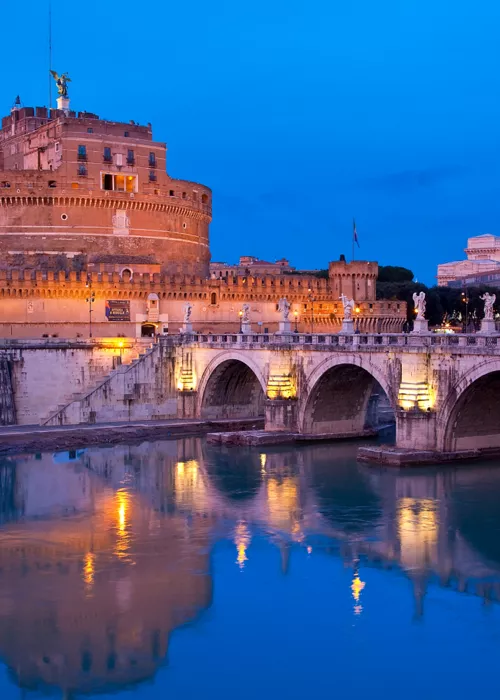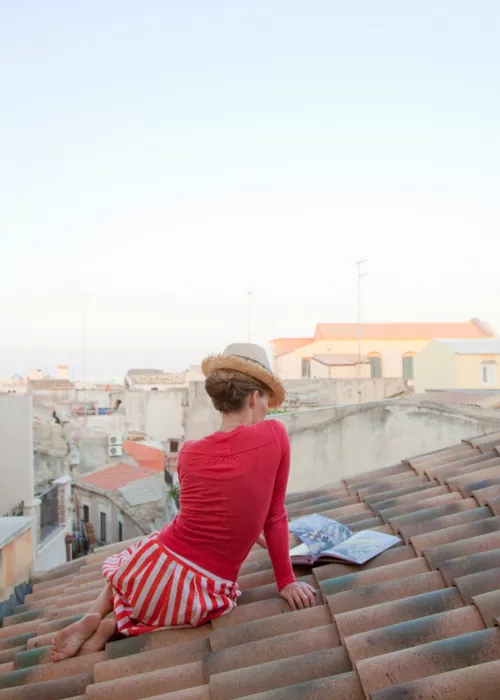The Longobards and Their Places of Power
3 minutes
What and where are the Lombards’ places of power
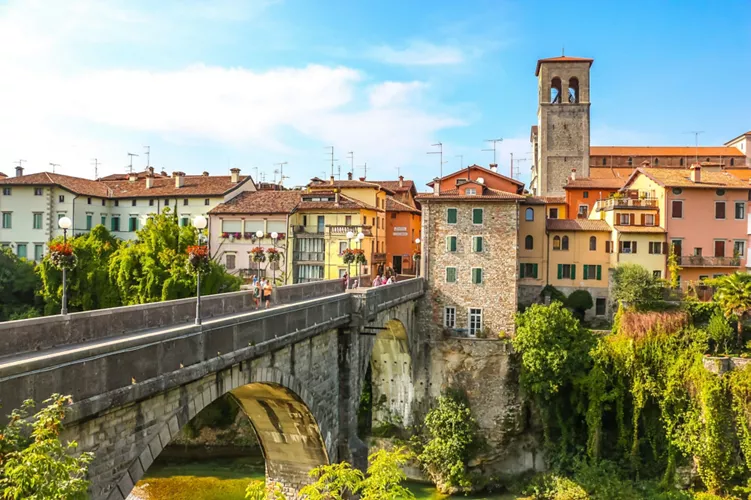
The Empire of the Lombards in Italy a 200-year-long page of history, left indelible traces throughout the occupied territories until its fall. From the northernmost parts of the country like Brescia, Varese and Cividale del Friuli the heart of the so-called Langobardia Maior, the Lombards also conquered part of central Italy, controlled by the dukes of Spoleto.
The kingdom then extended even further south, reaching as far as Benevento and the area of Gargano on the border with the territories occupied by the Byzantines.
History and information on the Lombards’ places of power
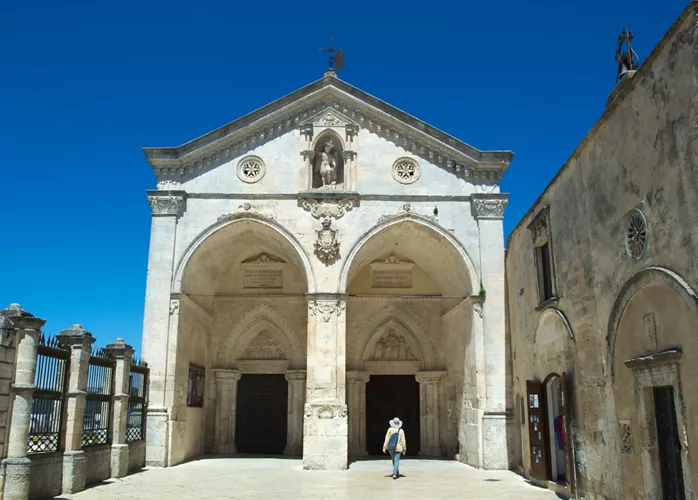
The Lombards arrived from northern Europe between 568 and 569. Led by King Alboin, they began to take territory from the Byzantine Empire, establishing the Duchy of Friuli, the first of the 35 Lombard duchies established in Italy over the next two centuries. The fall of Regnum Langobardorum was due to the arrival of Charlemagne, who conquered the capital Pavia in 774, ending the history of Longobard Italy.
Why it is a UNESCO site
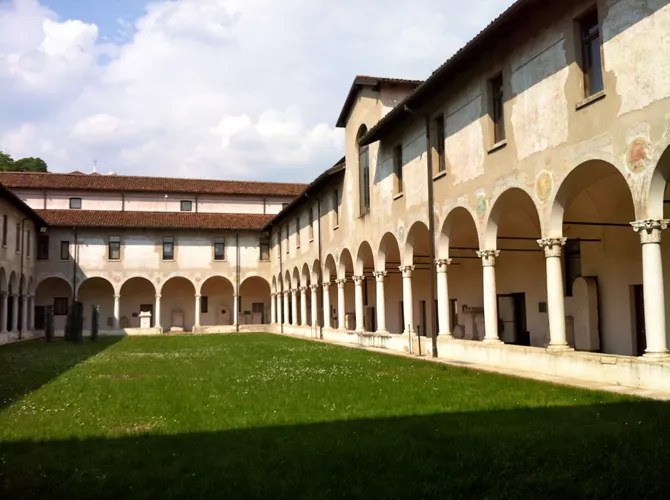
The Lombard’s places of power in Italy, included in the UNESCO World Heritage List in 2011, are an exemplary testimony to the cultural and artistic synthesis that took place in Italy from the sixth to the eighth century during Lombard rule.
Roman tradition, Christian spirituality, Byzantine influences and values borrowed from the Germanic world came together in monuments, fortresses and monasteries representing the only existing example of Lombard architecture today.
The most beautiful places to visit among the Lombards’ places of power
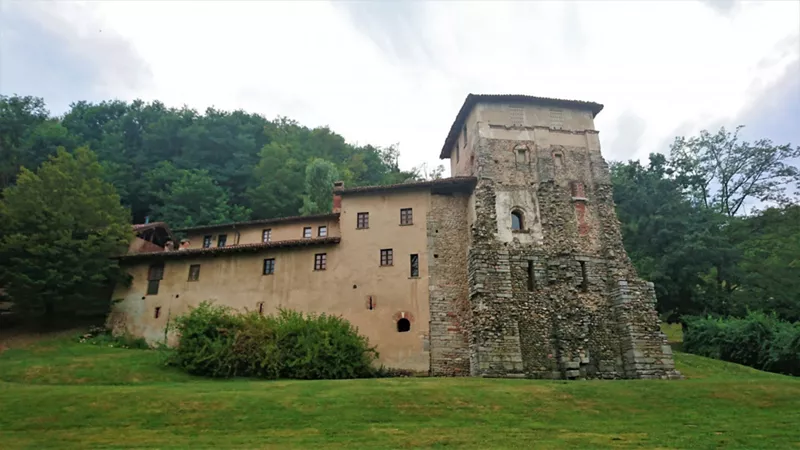
Seven centres of power and worship of the Lombards are scattered throughout Italy, but to set out in the discovery of these impressive places, you must start from Italy's first duchy, Cividale del Friuli.
Here, near Udine and the Slovenian border, is the Episcopal complex of Patriarch Callistus with the remains of the Patriarchal Palace and the splendid Longobard temple, displaying elements related to classical models reinterpreted according to Longobard culture.
The city of Brescia is home to the monastic complex of San Salvatore - Santa Giulia, founded in 753 at the behest of Duke Desiderius as an abbey. The first abbess was the daughter of the duke himself.
Inside the complex stands the basilica of San Salvatore, built in the same period. The original decoration with stuccoes and frescoes has withstood time and can be admired by visitors, while that of the crypt has been largely lost.
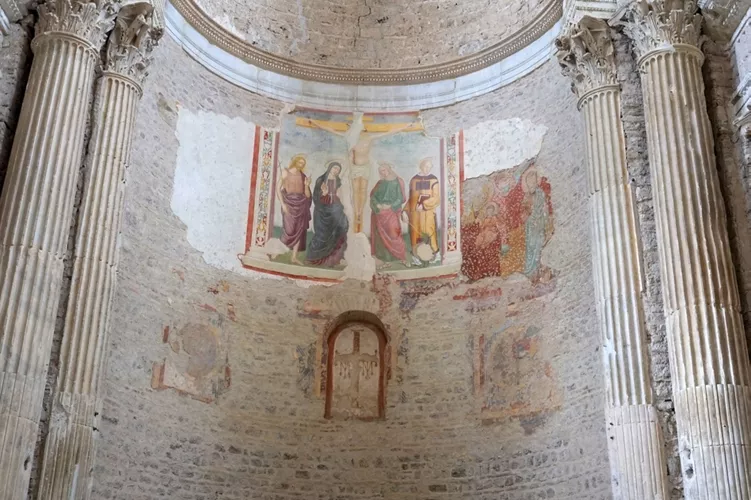
On the site of the castrum of Castelseprio, in the province of Varese, the tower of the Torba monastery and the church of Santa Maria foris portas, the only building that survived the destruction of the ancient fortified village, still stands. The church still retains its original frescoes, while a few steps away are the ruins of the basilica of St John the Evangelist.
The province of Perugia, in central Italy, was one of the main duchies of Langobardia Minor together with Benevento. Spoleto is home to the basilica of San Salvatore, an integral part of the city's monumental cemetery. The original stucco and pictorial decoration was lost, while the rich entablature with Doric frieze set on Doric and Corinthian columns is still visible.
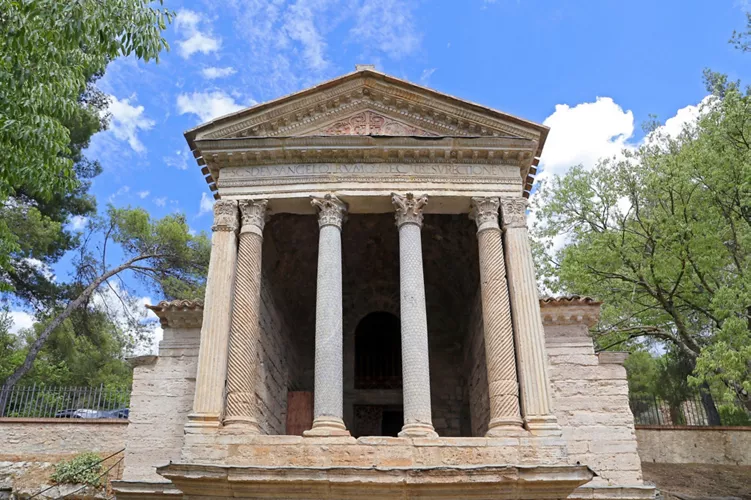
A few kilometres away, in Campello sul Clitunno, is the striking Tempietto del Clitunno, a small shrine in the form of a Corinthian temple with 7th-century frescoes, also taken as a model by Renaissance masters.
Further south, in Benevento, is the monumental complex of Santa Sofia and the church of the same name founded by Duke Arechi II around 760. The original frescoes that once covered the interior of the church, are now only visible in the two side apses.
The latest of the Lombard monuments recognised by UNESCO is the treasure erected in Monte Sant'Angelo in the province of Foggia. The Gargano sanctuary of St Michael, a main pilgrimage destinations for Christians in southern Italy, bears witness to the Longobards' veneration of the Archangel Michael.

